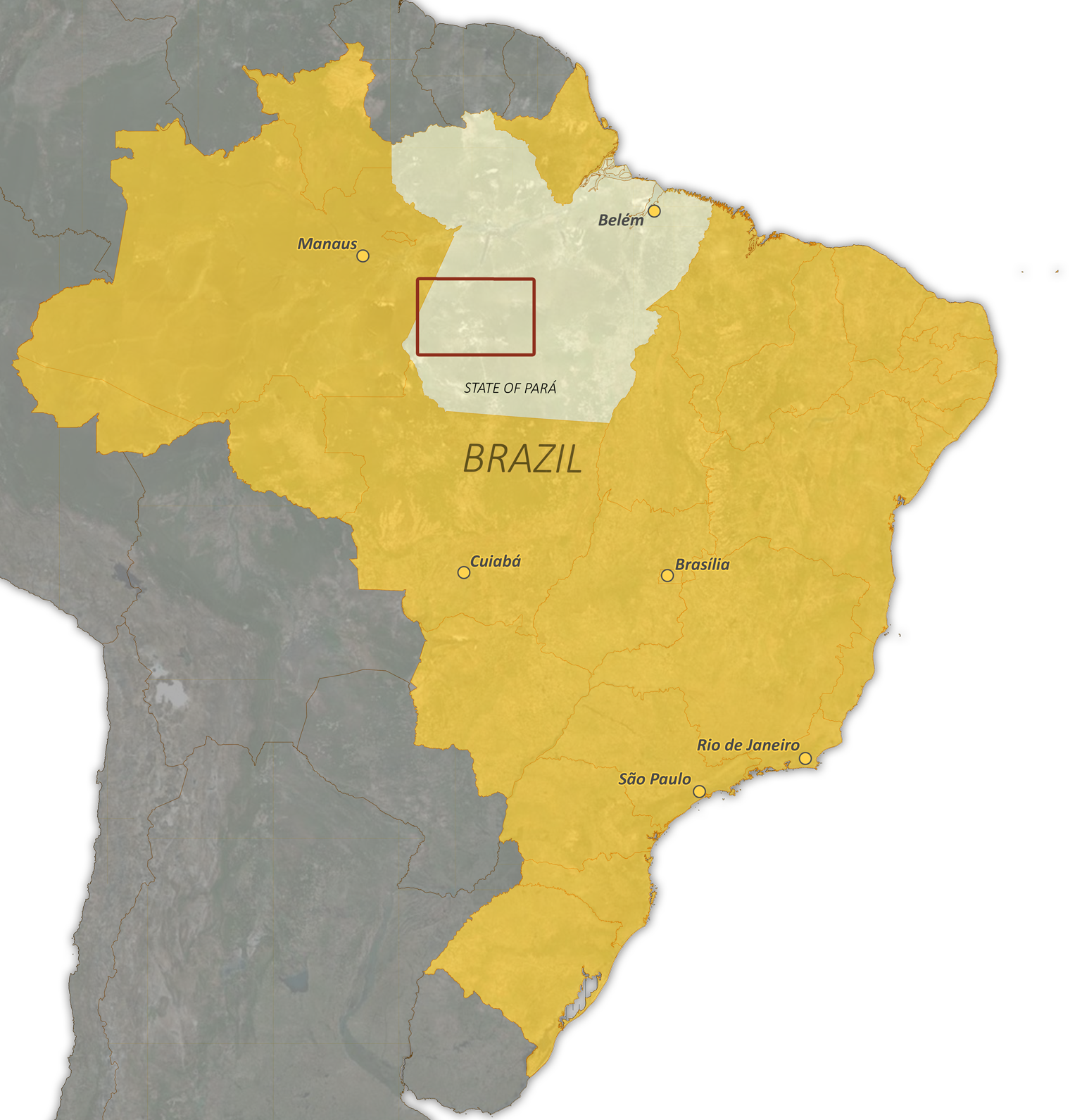

The Cuiú Cuiú gold project consists of several shear zone-hosted gold deposits that occur within granitic rocks of the Cuiú Cuiú Complex (2,015 Ma), in the Tapajós Region of northern Brazil. This region was the site of a major gold rush by artisanal miners from the late 1970s until the late 1990s which, according to the Brazilian Department of Mineral Production (DNPM) had a total historical production of between 20 and 30 million ounces of placer gold.
The estimated number of people involved in the Tapajos gold rush during that time is approximately 1 million people making it the largest gold rush in history and ten times the size of the California gold rush.
Cuiú Cuiú is one of the earliest garimpos in the province with the arrival of the first garimpeiros in 1958 and produced an estimated 1.5 – 2.0Moz of placer gold and was the largest placer gold area in the Tapajos.
During the gold rush there were very few roads in the area but the recent expansion of the soy bean industry to the south in the state of Mato Grosso has led to major infrastructure improvements including the recent paving of the BR-163 highway and the construction of a number of soy bean terminals at Itaituba on the Tapajos river.
The Cuiú Cuiú gold project has both road and river access.

 THE TAPAJÓS REGION
THE TAPAJÓS REGION